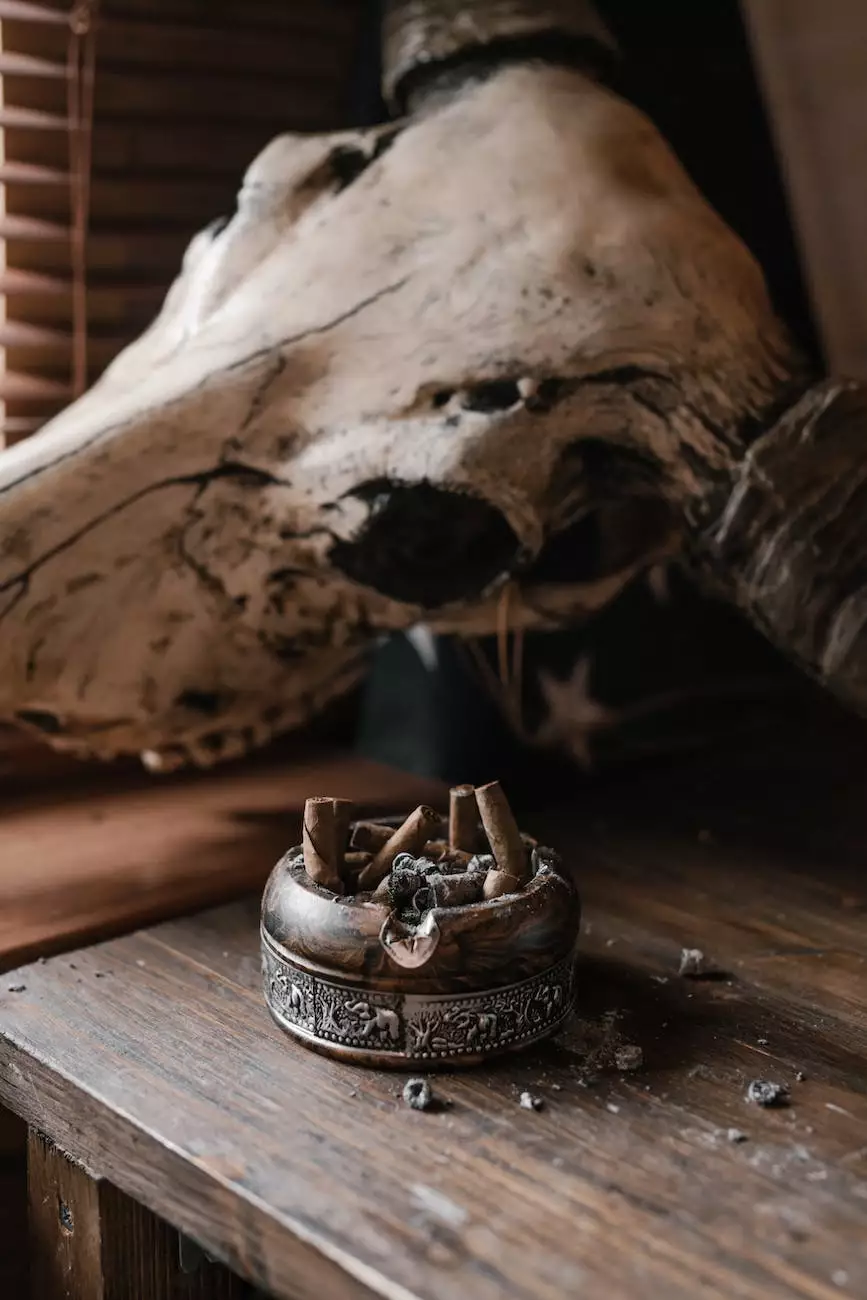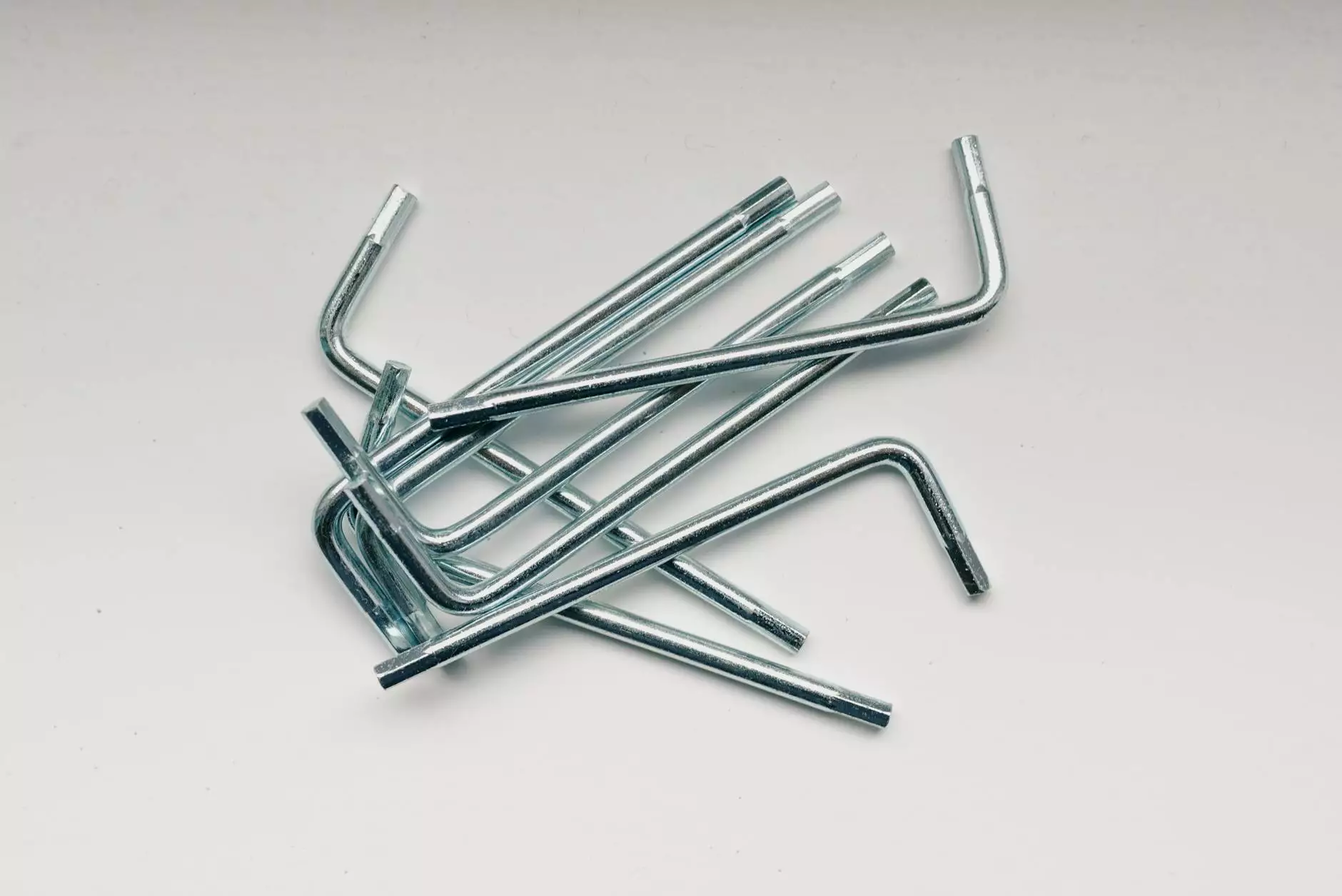Why Some Areas of My Turf Turn Whitish After a Few Months?
Design
Welcome to the comprehensive guide on understanding and resolving the issue of whitish areas in your turf after several months. At Metate Industrial Supply, we are committed to helping you maintain a vibrant and healthy lawn. Let's delve into the reasons behind this problem and explore effective preventative measures and treatment methods that you can implement.
The Causes of Whitish Areas in Turf
1. Fungal Diseases:
Fungal diseases such as powdery mildew or snow mold can cause whitish patches to form on your turf. These diseases thrive in moist and cool environments, making them more common during spring and fall. Lack of sunlight and poor air circulation contribute to their growth.
2. Nutrient Deficiencies:
Inadequate levels of essential nutrients, particularly nitrogen, can lead to whitish or pale areas in your lawn. Without sufficient nutrients, the grass becomes weak and vulnerable to diseases.
3. Overwatering and Poor Drainage:
Excessive watering or improper drainage can result in waterlogged soil, leading to root rot and subsequently causing the grass to turn whitish. It is important to ensure proper irrigation practices and improve drainage to avoid this issue.
4. Insect Infestation:
Certain insects, such as white grubs or chinch bugs, can damage the roots of your grass, causing it to turn pale and eventually die off. Regular inspection and appropriate pest control measures are necessary to prevent infestations.
Preventing Whitish Areas in Turf
1. Proper Lawn Maintenance:
Regular mowing, dethatching, and aeration help create optimal conditions for healthy turf growth. Maintaining an appropriate grass height and removing thatch buildup ensure good air circulation and sunlight penetration, reducing the risk of whitish areas.
2. Regular Soil Testing:
Conducting regular soil tests helps you determine if your lawn is receiving adequate nutrients. Based on the test results, you can adjust your fertilizer application to ensure optimal nutrient levels, promoting a lush green lawn.
3. Adequate Watering Practices:
Avoid overwatering your lawn and ensure proper irrigation. Water deeply and infrequently to encourage deep root growth. This will also discourage fungal growth and reduce the risk of whitish patches.
4. Integrated Pest Management:
Implement an integrated pest management approach to control and prevent insect infestations. This involves using cultural, biological, and chemical methods appropriately to minimize damage to your turf.
Treatment Methods for Whitish Areas
1. Fungicide Application:
If fungal diseases are causing the whitish areas on your turf, applying a suitable fungicide as recommended by experts can help control the growth and spread of these diseases. It is essential to identify the specific fungal disease affecting your lawn to choose the appropriate treatment.
2. Nitrogen-Rich Fertilizer:
If nutrient deficiencies are the culprit, applying a nitrogen-rich fertilizer can help restore the health and vibrant color of your grass. However, it is important to follow proper fertilization guidelines to avoid overapplication, which can lead to other issues.
3. Reseeding:
In severe cases where the whitish areas are widespread, reseeding the affected areas can help revitalize your turf. Ensure proper seed selection and follow the necessary steps for successful establishment.
Contact Metate Industrial Supply for Expert Turf Solutions
At Metate Industrial Supply, we provide a wide range of high-quality products and services to help you overcome lawn issues and achieve a beautiful and thriving turf. Our team of experts is dedicated to delivering customized solutions tailored to your specific needs.
Don't let whitish areas ruin the beauty of your lawn. Contact us today to learn more about how we can assist you in maintaining a vibrant, green turf that will be the envy of your neighborhood.









